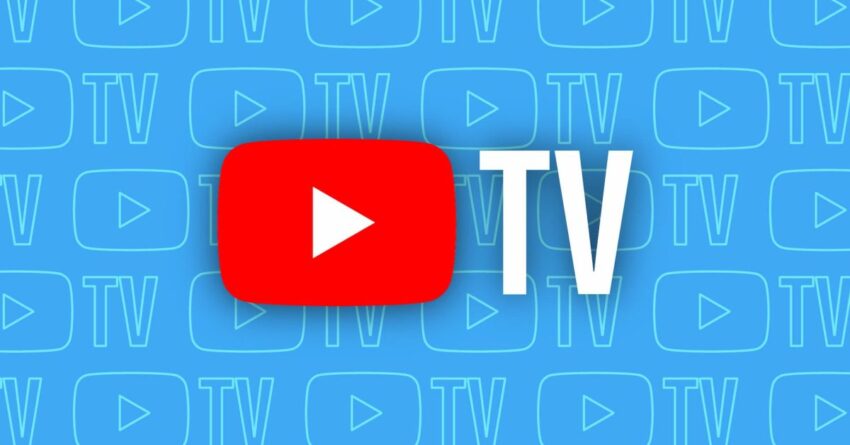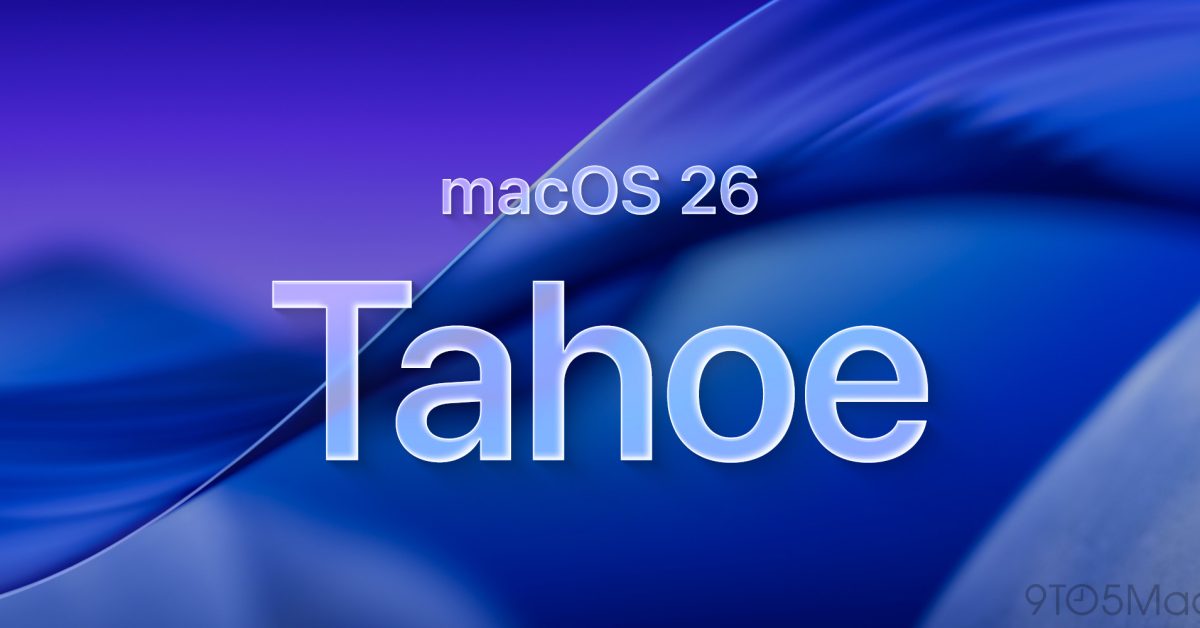
youtube tv and disney reach multi-year deal YouTube TV and Disney have reached a multi-year agreement, restoring access to ESPN and ABC channels after nearly two weeks of disruption.
youtube tv and disney reach multi-year deal
Background of the Dispute
The recent negotiations between YouTube TV and Disney stemmed from a broader trend in the media landscape, where streaming services and traditional networks are increasingly at odds over carriage agreements. These disputes often arise as networks seek higher fees for their content, while streaming platforms aim to keep costs manageable for subscribers. The conflict escalated when Disney pulled its channels from YouTube TV, leaving subscribers without access to popular programming, including live sports and major network shows.
This situation is not unique to YouTube TV; similar disputes have occurred in the past between various streaming services and content providers. For instance, in 2020, a similar standoff occurred between Hulu and Disney, resulting in a temporary blackout of channels. Such conflicts highlight the ongoing challenges in the evolving media landscape, where both sides must navigate the delicate balance of content value and consumer pricing.
Details of the New Agreement
The newly forged deal between YouTube TV and Disney is said to be a multi-year agreement, though specific financial terms have not been disclosed. The restoration of channels, including ESPN and ABC, is a significant win for YouTube TV subscribers who rely on these networks for sports, news, and entertainment. With the deal now in place, subscribers can once again access a wide range of programming, including live sports events, news broadcasts, and popular shows.
Restoration of Key Channels
As part of the agreement, YouTube TV has reinstated several key channels that were previously unavailable. These include:
- ESPN
- ABC
- Disney Channel
- FX
- National Geographic
The return of these channels is particularly significant for sports fans, as ESPN is known for its extensive coverage of various sports, including NFL, NBA, and college athletics. The absence of these channels for nearly two weeks led to frustration among subscribers, many of whom rely on YouTube TV as their primary source for live television.
Implications for Subscribers
The resolution of this dispute has several implications for YouTube TV subscribers. First and foremost, it restores access to a wide array of content that many viewers consider essential. The return of ESPN, for instance, allows subscribers to catch up on live sports events, which are often a major draw for streaming services. Additionally, the reinstatement of ABC provides access to popular shows and news programming that many viewers rely on for their daily entertainment and information.
Moreover, this agreement may have longer-term implications for pricing and content availability on YouTube TV. As streaming services continue to compete for subscribers, the costs associated with licensing content from major networks like Disney are likely to rise. This could lead to potential price increases for subscribers in the future, as streaming platforms seek to maintain profitability while offering a competitive lineup of channels.
Stakeholder Reactions
The resolution of the dispute has elicited a range of reactions from stakeholders, including subscribers, industry analysts, and the companies involved. Many subscribers expressed relief at the restoration of channels, as the absence of ESPN and ABC was a significant inconvenience. Social media platforms were abuzz with comments from frustrated users during the blackout, and the return of these channels has been met with widespread approval.
Industry analysts have also weighed in on the implications of this deal. Some view it as a positive step for YouTube TV, reinforcing its position in the competitive streaming market. Others caution that while this agreement resolves the immediate issue, the underlying challenges in the media landscape remain. The ongoing negotiations between streaming services and content providers are likely to continue, with potential for future disputes as both sides seek to maximize their interests.
Future of Streaming Agreements
The recent deal between YouTube TV and Disney underscores the evolving nature of streaming agreements in the media industry. As more viewers shift away from traditional cable subscriptions in favor of streaming services, the dynamics of these negotiations are likely to change. Streaming platforms will need to navigate the complexities of content licensing while also addressing the demands of their subscriber base.
In this context, the resolution of the YouTube TV and Disney dispute may serve as a case study for future negotiations. It highlights the importance of maintaining access to key content for subscribers, as well as the need for both parties to find common ground in order to avoid disruptions. As competition in the streaming market intensifies, the ability to secure favorable agreements with major content providers will be crucial for the success of platforms like YouTube TV.
Conclusion
The recent multi-year agreement between YouTube TV and Disney marks a significant development in the ongoing evolution of the streaming landscape. By restoring access to ESPN, ABC, and other key channels, the deal alleviates subscriber concerns and reinforces YouTube TV’s commitment to providing a comprehensive viewing experience. However, as the media landscape continues to shift, both companies will need to remain vigilant in navigating the complexities of content licensing and subscriber expectations.
As viewers increasingly turn to streaming services for their entertainment needs, the stakes in these negotiations will only grow. The resolution of this dispute serves as a reminder of the importance of maintaining access to essential content and the ongoing challenges that streaming platforms face in a rapidly changing industry.
Source: Original report
Was this helpful?
Last Modified: November 15, 2025 at 10:38 am
1 views














